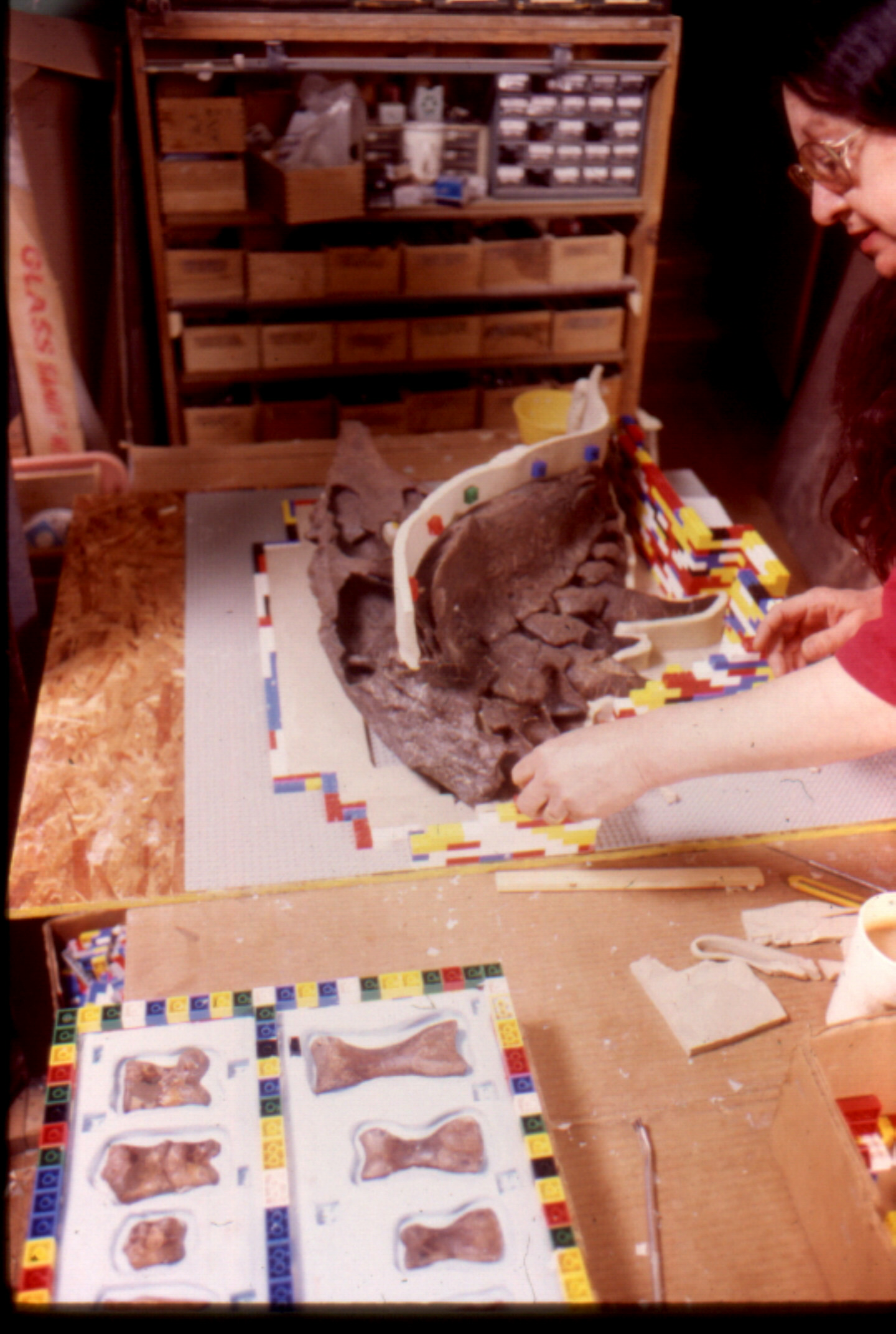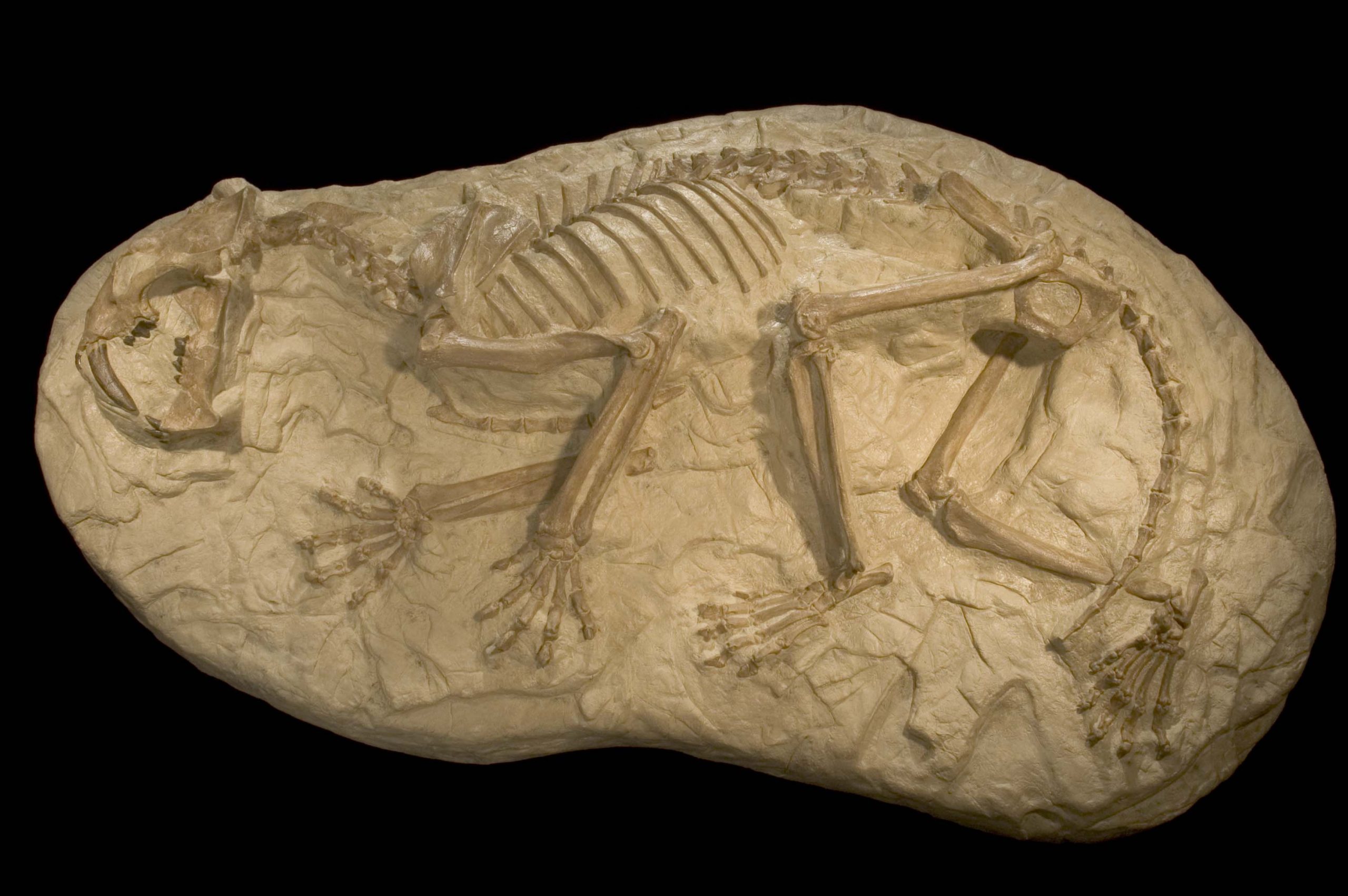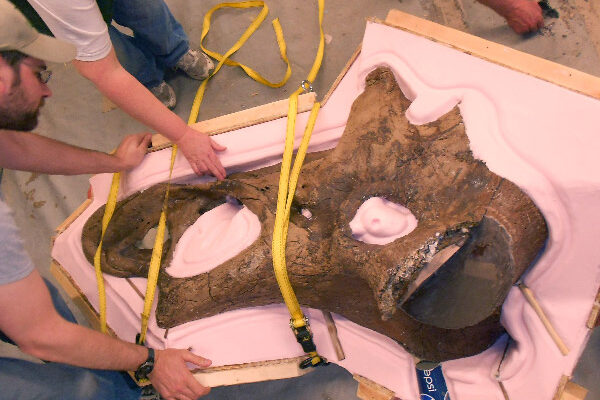Favorite CollLection Triceratops Real Figure Keyring
$11.95

Black Hills Institute has been collecting fossils for over 35 years. During that time we have supplied museums and other venues with a wide variety of incredible fossils. Though thousands of excellent fossils have found their way into collections throughout the world, we have saved the best of every type of fossil we have found. This enormous collection is part of the material we mold. BHI’s molding and casting techniques are extensive and so well developed that we are frequently retained to mold and produce replicas of other people’s fossil specimens.
When selecting a specimen for molding, several characteristics are taken into account: rarity, quality, completeness, fragility and the potentiality of a return on the investment. Many fossils are molded to allow others to study the replicas without the risk of damaging the original; although some may not be molded if the process poses irreversible damage. Also, many large or intricate specimens that are of low scientific importance are normally not molded if the cost outweighs the practical use or potential sale of replicas. For example, the cost of molding a skeleton the size of a human might well run into the tens of thousands of dollars. Correlate that with the size of a dinosaur and it becomes apparent that the molding process needs to be as efficient as it is cost-effective.

Perhaps the most important factors required in making fine molds and cast replicas, are ingenuity and creativity. The ability to visualize what needs to be designed and how to accomplish it often takes an imaginative and resourceful mind. The basic molding process involves creating a ‘negative’ mold, in one piece or more, which is then used to produce many quality ‘positive’ cast replicas. A mold must be designed to facilitate removing the fossil specimen without difficulty or damage. This design is then modified to accommodate the specific style of casting that suits both the replication of the specimen’s quality and the requirements of mounting the finished replica. This can sometimes be an involved series of solutions, given that most fossil specimens are completely different from each other in shape and size. We have molded specimens from 1/4 inch in length to 8 feet in diameter and full skeletons the size of T. rex (STAN™ T. rex, for example).

To duplicate the detail of exquisite fossil specimens, we primarily use silicone rubber as a molding material, though latex is sometimes used to achieve specific molding solutions. Often, many other materials and processes are used in conjunction with the molding material to give it exterior support and a longer working-life. Once finished, no high-quality mold can produce excellent cast replicas without the complement of a solid-preforming casting medium. We have spent considerable time and labor researching the appropriate materials that reproduce the quality of the specimen and help us create the modular style that has made our mounting technique so versatile and appreciated. While we could use other adequate materials for our molding and casting procedures, we would not be able to offer the finest cast replicas of fossil specimens available, that we do.